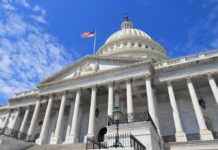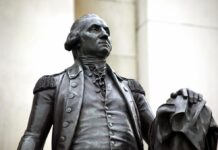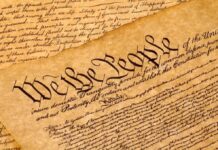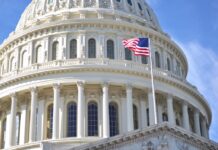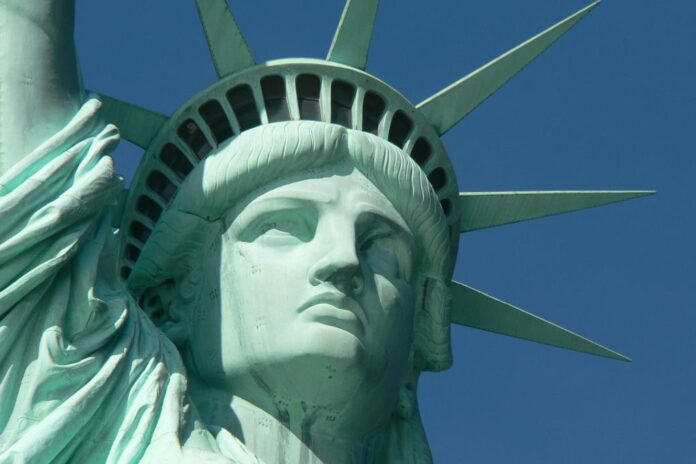
The United States is not a pure democracy. Depending on where you fall on the political spectrum, you might find that statement shocking — but that doesn’t make it any less true. While our government may hold democratic features, it’s essentially defined as a Constitutional Republic. Here’s what that means, and why the difference matters.
The goal of a constitutional republic is to ensure all people are equally represented, and that the government works for the people while preventing tyranny and corruption.
At its heart, a constitutional republic is a government in which the people have the right to vote in elected officials to lead the country on their behalf. It’s typically broken up into multiple “branches.” This is the case in the United States, which splits powers between the executive, judicial, and legislative bodies. This limits potential overreach and abuse of power.
The main defining feature of a constitutional republic, however, is not any of these features. Instead, it’s the fact that the government, and any elected officials within it, must follow the rule of a constitution (in this case, the US Constitution) at all times. Neither the government nor its elected officials can take any action that violates it.
Why the Difference Matters
In a pure democracy, the government isn’t required to adhere to a constitution. Majority voters are responsible for making “the rules,” so to speak. But this can often leave the rights and opinions of minority voters not only unheard but in some cases, completely disrespected and ignored. Those who actively participate in the system (majority voters) also often end up getting a bigger “say” than those who opt-out.
In a constitutional republic, on the other hand, the constitution serves as both a breaking point and limitation of power. If the people cannot agree, elected officials can step in and make a decision for the greater good — as long as their decision adheres to this important document. This often helps to ensure the government respects the rights of individual people, not just the populace as a whole.
Ultimately, a republic is more individual-centered while still providing the government the ability to step in and make decisions for the greater good. A pure democracy, on the other hand, grants almost unlimited power to the populace as a whole.
How the American Republic Was Born
Abraham Lincoln described the American government as being “of the people, by the people and for the people.” But he wasn’t the first to define the terms under which the US would grow into the strong, independent republic it is today. Instead, the American republic was born slowly, out of a desire for independence from Britain, the right to self-rule, and a clear understanding that even pure democracy could facilitate tyranny if left unchecked.
The birth of the Republic first began with the signing of the Declaration of Independence on July 4, 1776. Founding fathers Madison, Franklin, Jefferson, and Adams believed that only a government with distinct checks and balances in place could truly protect the people from tyranny — not a pure democracy, and certainly not remaining under harsh British rule.
But this was really only the beginning. Our status as a Constitutional Republic was later ratified by the signing of the Constitution just 11 years later, on September 17, 1787. This document of supreme law further instituted the very checks and balances, as well as the separation of powers, necessary to ensure elected officials would serve the needs of the people.
It’s incredibly common to hear people refer to America as a “democracy.” But this is at best an oversimplification, and at worst, completely untrue. Just because the US government has features based on a few of the principles of democracy, does not make it a democracy. Instead, we live under a constitutional republic that strives to protect the rights of all individual people.




